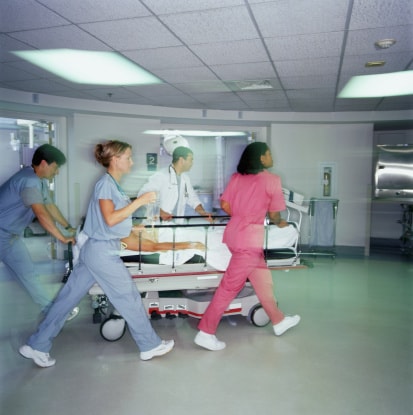Healthcare Workers
Spotlight
- Safety Culture in Healthcare Settings is a training course that provides science and evidence-based information for healthcare workers with a focus on six competencies. The course is designed to increase knowledge about work-related hazards and address organizational and personal strategies to promote a safe and healthful work environment.
- CDC provides an assortment of COVID-19 guidance for healthcare workers on the Healthcare Workers: Information on COVID-19 page. Link to clinical guidance, home and hospital care, care for special populations, and other healthcare topics.
- How to Tell if Your N95 Respiratory is NIOSH Approved is a video that explains how to determine if an N95 filtering facepiece respirator is NIOSH approved, including required labeling and where to look to confirm an approval number. It also provides tips for recognizing counterfeit and misrepresented respirators.
- Personal Protective Technology (PPT) plays an important role in protecting healthcare personnel. Reflecting on the nation’s past decade of experiences with infectious and non-infectious hazards, the NIOSH PPT Program has developed a strategic approach to PPT research, development, performance standards and test methods, and conformity assessment. Go to Draft NIOSH Healthcare Personal Protective Technology (PPT) Targets for 2020 to 2030 to learn more.
- Pandemics happen when new viruses emerge which can infect people easily and spread from person to person in an efficient and sustained way. Healthcare providers and hospitals may be overwhelmed, and there may not be enough medical supplies to meet demand. Pandemic Planning for Healthcare Settings provides resources to help reduce the impacts to healthcare during an infectious disease outbreak or pandemic.

Photo by Getty Images
Healthcare is the fastest-growing sector of the U.S. financial system. It employs over 18 million workers. Women represent nearly 80% of the healthcare work force. Healthcare workers face a wide range of hazards on the job including:
- Sharps injuries
- Chemical and drug exposure
- Back injuries
- Latex allergies
- Violence
- Stress
